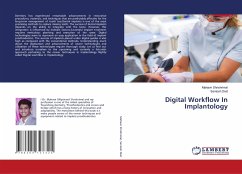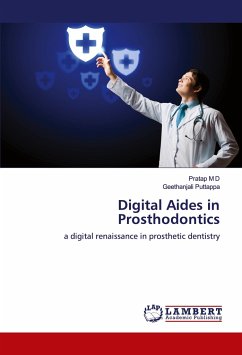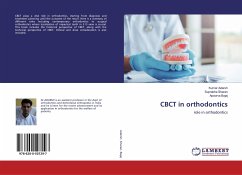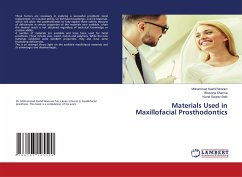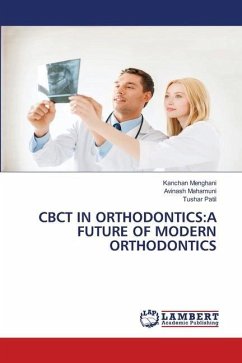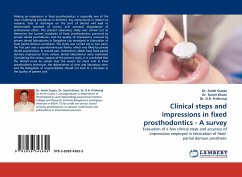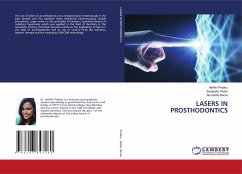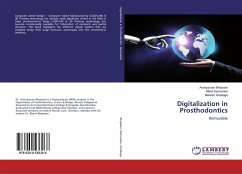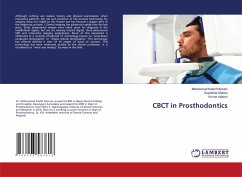
CBCT in Prosthodontics
Versandkostenfrei!
Versandfertig in 6-10 Tagen
27,99 €
inkl. MwSt.

PAYBACK Punkte
14 °P sammeln!
Although nothing can replace history and physical examination when evaluating patients, the use and evolution of non-invasive technology for imaging areas not visible to the human eye has become a bigger part of the diagnostic process 1. Dental imaging has advanced rapidly over the last years. Static projectional images were relied upon for diagnosis in the maxillofacial region, but we are moving toward digital, three-dimensional (3D) and interactive imaging applications. Much of this movement is attributed to a recently introduced CT technology known as ''cone-beam computed tomography'' or ''...
Although nothing can replace history and physical examination when evaluating patients, the use and evolution of non-invasive technology for imaging areas not visible to the human eye has become a bigger part of the diagnostic process 1. Dental imaging has advanced rapidly over the last years. Static projectional images were relied upon for diagnosis in the maxillofacial region, but we are moving toward digital, three-dimensional (3D) and interactive imaging applications. Much of this movement is attributed to a recently introduced CT technology known as ''cone-beam computed tomography'' or ''digital volume tomography.'' This technology has offered dentists a view of all angles of areas of concern. This technology has been embraced quickly by the dental profession. It is considered as ''what was missing'' by many in the field.





